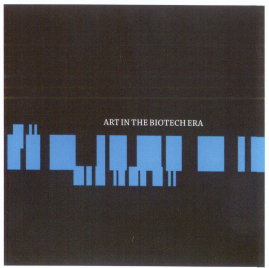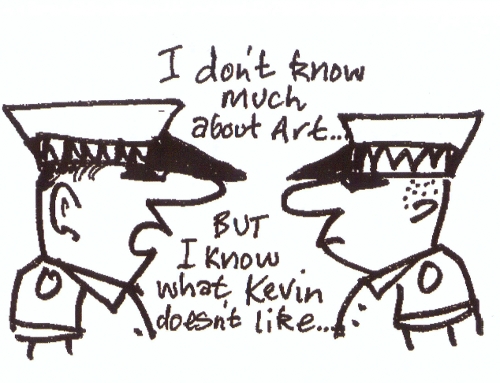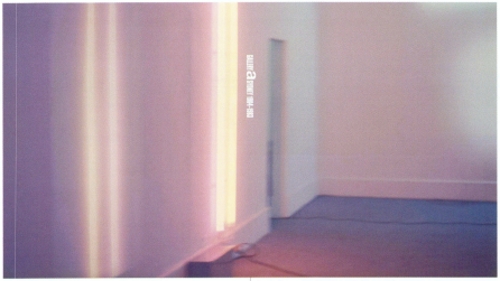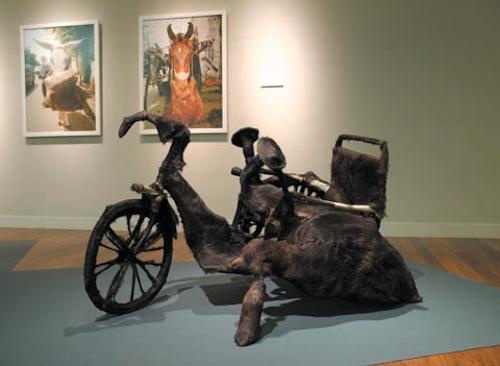
It's not news to anybody that the life sciences are at the forefront of current scientific research and a major cause of many social anxieties. Nor is it news that the attention of artists is divided between playing the art game and taking an interest in where it’s at out there in the real world, and why it matters.
Melentie Pandilovski, who put together the Experimental Art Foundation’s ambitious 'art in the biotech era’ project (of which this book is the record) notices three periods in which the hermetic art game and an open curiosity about the external world have engaged most intimately together. He offers the European Renaissance and the first decade of the twentieth century as comparable to the present moment.
This is not to say that at other times and in other places the two imperatives have parted company, but it does raise a question worth addressing. It is this. How shall we decide or - how shall we live with our indecision – about whether what we expect artists to do for us should be regulated by a purely ‘aesthetic’ account of their responsibilities or by an ‘epistemic,’ inquiring, knowledge-related, account? ‘Both’ is not a plausible answer because on that basis so much of the recognised corpus of artwork would have to be rejected.
It is obvious that all contributors to the EAF’s challenging project are driven by curiosity and by wonder about the present and future of biotechnology. It is not obvious that much of what they make is more persuasively aesthetic than a weather chart or a laboratory rat is persuasively aesthetic. We need to read behind many of these strangely presenting faces; often very closely and with attention to the footnotes. Homework may be set.
This is a long, long way from the artworld of the picture-plane, the framing edge and – although it gets a mention – the sonority of Rothko. Pandilovski assures us that ‘The exhibition unquestionably stressed the aesthetic and visual dimensions of the entire project and the artists’ explorations did become better understood among the general audience’.
This sounds a little like the evasive answer ‘Both;’ and perhaps after all there is a way of making it plausible. We need only suppose, first, that if anything whatsoever is competently curated in an art gallery it will acquire an ‘aesthetic’ aura and, second, that these adventures are more profoundly interesting than more conventional artworks because of their close encounter with issues that should concern us all.
The book itself is lucidly structured in an epistemic way. It also aims to please, with stylish elegance that betrays its didactic purpose only marginally by enforcing, here and there, very small fonts and colour contrasts and reversals that make the reader do some work. I for one do not resent this. There is enough of interest printed and illustrated here to fill several volumes rather than the economical 231 pages that are put into one’s hand.












